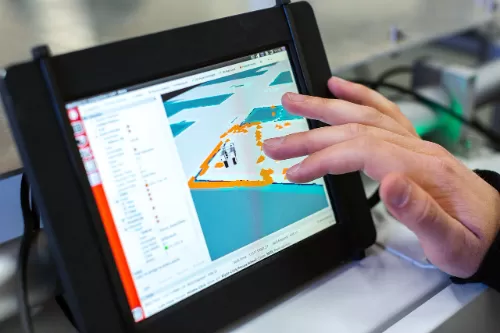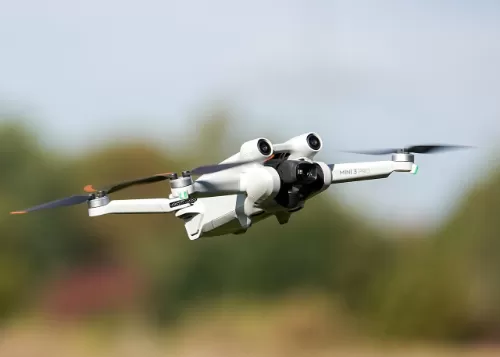Unlocking Ocean Signals: Satellites Detect Earthquakes Beneath the Waves
Beneath the ocean’s surface lies one of Earth’s greatest mysteries – the hidden movements of tectonic plates that trigger earthquakes and tsunamis. Now, satellite ocean monitoring systems are revolutionizing our ability to "listen" to these underwater seismic events, transforming how we understand and prepare for planetary-scale forces.
Related searches

Seeing the Invisible Through Satellite Eyes
Traditional earthquake detection relied on land-based seismometers and coastal buoys, leaving 70% of Earth’s surface – the ocean floor – largely unmonitored. Satellite ocean monitoring bridges this gap by analyzing subtle changes in sea surface height and wave patterns. Using radar altimeters and advanced imaging systems, these orbital observers detect centimeter-scale water displacements caused by underwater geological activity, even in Earth’s most remote marine regions.
How Space Tech Interprets Ocean Whispers
Satellite ocean monitoring systems employ two key techniques to decode submarine earthquakes:
Radar Height Mapping
Satellites like the European Space Agency’s Sentinel-6 measure sea surface topography with laser-like precision. When an underwater quake occurs, the energy displaces ocean water, creating barely visible "humps" on the surface that satellites can detect within minutes.
Gravity Wave Tracking
Specialized sensors identify unique wave patterns generated by seafloor movements. Unlike wind-driven waves, earthquake-induced ripples follow mathematical signatures that satellite ocean monitoring systems can distinguish through AI-powered analysis.
This dual approach enables scientists to pinpoint earthquake epicenters beneath thick ocean sediment layers – environments where traditional monitoring equipment cannot operate.
From Orbit to Early Warning
The real power of satellite ocean monitoring shines in tsunami prediction. By detecting seismic-triggered water displacement within 15-20 minutes of an event, these systems provide critical early warnings. This technological leap has already enhanced tsunami alert networks across the Pacific Ring of Fire, where most submarine earthquakes occur.
Recent advancements now allow satellites to identify precursor signals – subtle changes in ocean surface tension and thermal patterns that may indicate building tectonic stresses. While still experimental, this capability could eventually enable earthquake forecasting days before major seismic events.
Overcoming the Blue Frontier
Satellite ocean monitoring faces unique challenges in earthquake detection:
Distinguishing seismic signals from routine oceanic "noise" like storms or tides
Maintaining sensor accuracy across vast, cloud-covered marine areas
Coordinating with deep-sea sensor networks for verification
New machine learning algorithms help overcome these hurdles by filtering irrelevant data patterns. The integration of satellite ocean monitoring with underwater drone networks creates a multi-layered detection system, cross-verifying signals from space, air, and depth.
Guardians of Coastal Communities
Beyond pure science, satellite ocean monitoring serves as a global safety net:
Providing extra warning time for coastal evacuations
Mapping potential tsunami flood zones using elevation data
Monitoring post-earthquake oceanic changes that impact marine ecosystems
This technology proves particularly vital for island nations and developing coastal regions lacking sophisticated ground-based monitoring infrastructure.
The Future of Oceanic Seismology
Next-generation satellite ocean monitoring systems aim to achieve:
Sub-minute detection speeds through quantum-enhanced sensors
3D ocean mapping to track pressure changes at different depths
Autonomous alert systems that directly notify vulnerable populations
Planned missions like NASA’s SWOT (Surface Water and Ocean Topography) satellite will improve resolution to millimeter-scale measurements, potentially detecting smaller quakes previously deemed "invisible" from space.
Conclusion
As satellite ocean monitoring evolves, it redefines humanity's relationship with Earth's hidden underwater world. These orbital sentinels do more than detect disasters – they reveal the ocean's role as a dynamic geological actor, constantly reshaping our planet.
By translating the ocean's subtle language into actionable knowledge, satellite technology fulfills a new mandate: protecting life on land by understanding the secrets beneath the waves.

Identity Theft: How to Prevent and Fix a Cyber Breach

AI-Driven Robotics: Revolutionizing Deep-Space Exploration Missions

Why Digital Wallets Are Safer Than Cash or Credit Cards

Your New Therapist Might Be an Algorithm: How AI Is Changing Mental Health Support

Quantum Computing: The Next Big Tech Revolution Explained Simply

Smart Cooling Materials: Revolutionizing Home Energy Efficiency Without AC







